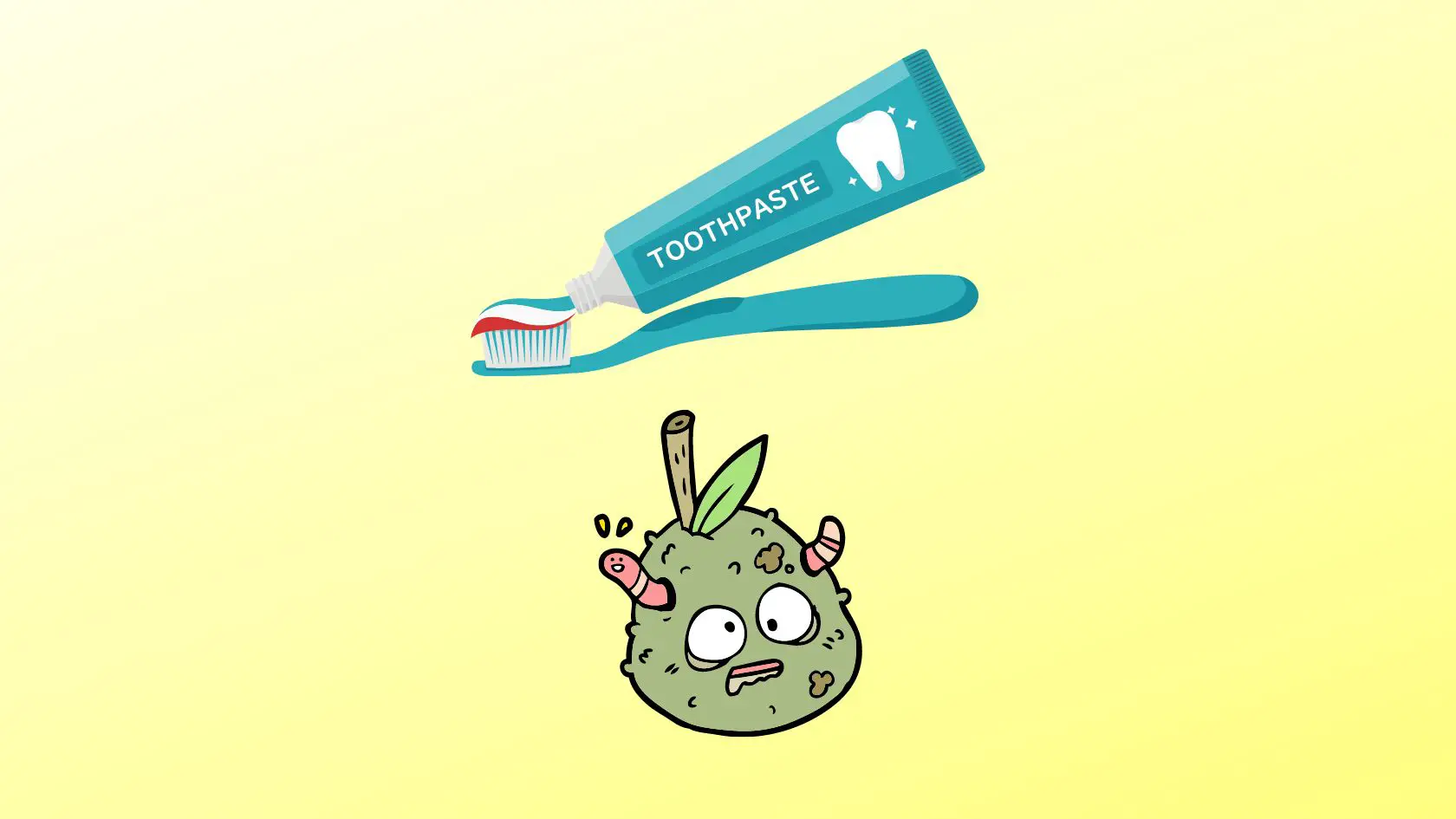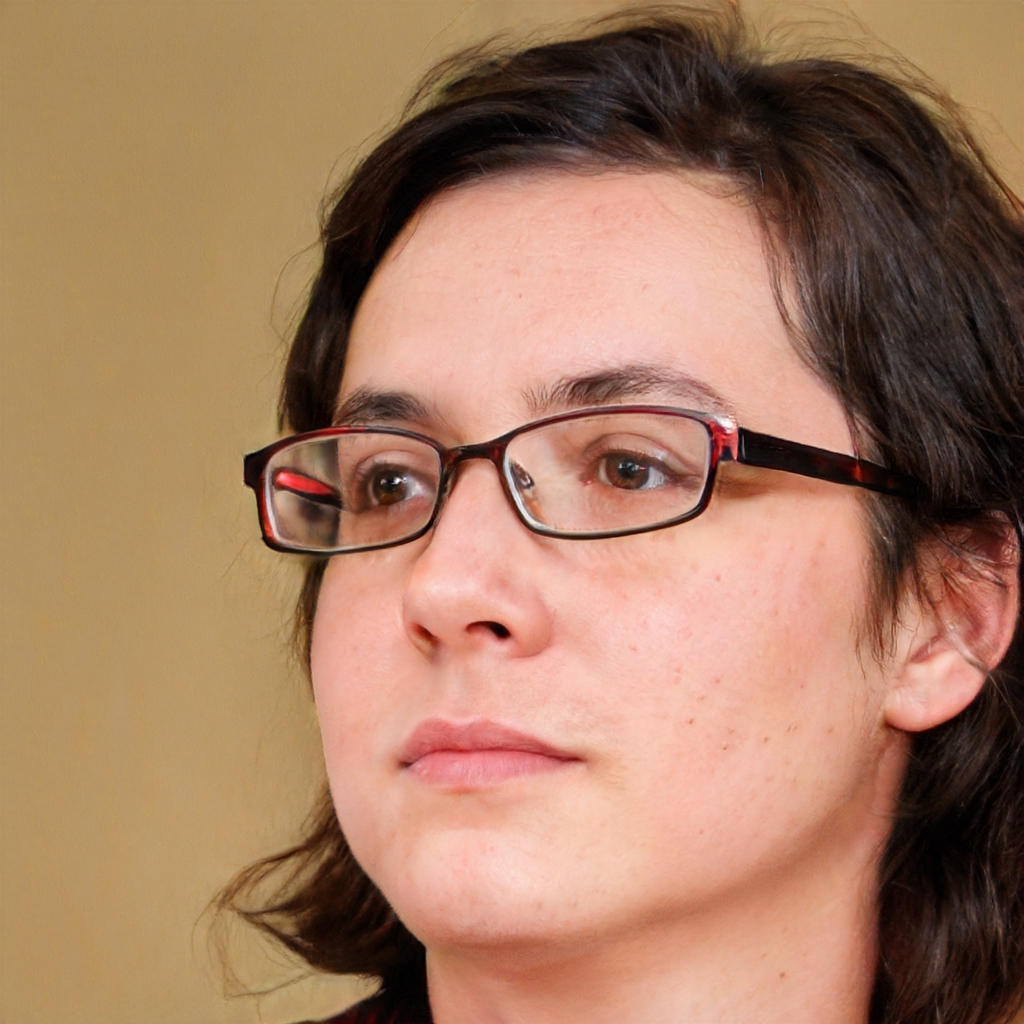
You might not think about it often, but toothpaste is one of those products that we use every day without really knowing much about it. We trust that the companies that make toothpaste know what they’re doing and that they’re using safe ingredients, but what about the actual process of making toothpaste? Is it possible for toothpaste to get moldy? In this blog post, we will explore the possibility of mold in toothpaste and how to avoid it. We will also look at some of the ingredients in toothpaste and what they do to help keep your mouth clean and healthy.
How Does Toothpaste Get Moldy?
It’s no secret that toothpaste can get moldy. In fact, it’s one of the most common ways that people get mold in their homes. The problem is that toothpaste is in a moist, warm environment where mold can easily grow.
If you do find mold on your toothpaste, don’t panic! Just throw out the tube and start fresh with a new one.
So it’s best to avoid using moldy toothpaste, and to throw it away if you find it.
What Are The Consequences Of Using Moldy Toothpaste?
If you use moldy toothpaste, you may end up with a mouth full of bacteria.
This can lead to cavities, gum disease, and other dental problems.
In some cases, it can also cause respiratory infections.
How Can You Prevent Toothpaste From Getting Moldy?
Toothpaste is a common household product that can be susceptible to mold growth.
Mold can grow on toothpaste if it is not stored properly or if the tube of toothpaste becomes damaged.
There are a few things you can do to prevent your toothpaste from getting moldy:
-Store your toothpaste in a cool, dry place.
-Do not store your toothpaste in direct sunlight.
-Do not leave your toothpaste open and exposed to the air for extended periods of time.
-If your toothpaste tube becomes damaged, throw it away and replace it with a new one.
-Be sure to regularly check your toothpaste for signs of mold growth. If you see any mold, discard the toothpaste immediately.
What Are Some Natural Alternatives To Toothpaste?
If you’re looking for natural alternatives to toothpaste, there are a few options you can try.
One is oil pulling, which involves swishing oil around in your mouth for 20 minutes to remove bacteria.
Another option is using a mixture of baking soda and water to brush your teeth.
You can also make your own toothpaste using a variety of ingredients like coconut oil, baking soda, and essential oils.
There are many reasons why someone might want to avoid conventional toothpaste. Maybe it’s the chemicals, the artificial flavors, or the plastic packaging. Whatever the reason, there are plenty of natural alternatives to toothpaste that can be just as effective at keeping your teeth clean and healthy.
One popular option is baking soda. Baking soda is a gentle abrasive that can help remove plaque and stains from your teeth. It’s also inexpensive and easy to find in most stores. Just make sure to use it sparingly, as too much baking soda can be abrasive and damage your tooth enamel.
Another natural alternative is hydrogen peroxide. Hydrogen peroxide is a natural bleaching agent that can help brighten your smile. It’s also an antibacterial agent, which can help keep your mouth healthy. Just be sure to use a diluted solution, as undiluted hydrogen peroxide can be harsh on your gums.
If you’re looking for something a little more flavorful, there are also many herbal kinds of toothpaste on the market that contain ingredients like mint, cloves, and tea tree oil.
These herbs can not only leave your breath smelling fresh, but they can also provide some additional dental benefits. Just make sure to read the labels carefully, as some of these toothpastes may also contain fluoride or other chemicals that you may want to avoid.
Can I Get Sick From Old Toothpaste?
Yes, toothpaste can get moldy. Mold loves to grow in warm, moist environments, and a half-used tube of toothpaste is the perfect place for mold to thrive. When you start to see mold growing on your toothpaste, it’s time to throw it out and start fresh.
If you’re wondering whether or not you can get sick from using old toothpaste, the answer is yes. Mold can cause a whole host of health problems, including respiratory issues, skin rashes, and even gastrointestinal distress.
So it’s best to err on the side of caution and ditch any toothpaste that has even a hint of mold growth.
How Do You Know When Toothpaste Goes Bad?
When toothpaste goes bad, it can develop mold or bacteria. These can cause serious health problems if ingested.
If you see mold or bacteria in your toothpaste, throw it out immediately and do not use it.
If you are not sure if your toothpaste is safe to use, check the expiration date. If it has expired, it is best to discard it.
What Does Expired Toothpaste Taste Like?
Moldy toothpaste can taste sour, bitter, or like nothing at all. The mold may also change the color of the toothpaste. If you see mold in your toothpaste, it’s best to throw it away and buy a new one.
Can Toothpaste Be Contaminated?
If you’ve ever found mold in your toothpaste, you may be wondering if it’s possible for the paste to become contaminated. While it’s unlikely that your toothpaste will become contaminated with mold, it is possible.
Mold can enter your toothpaste in a few different ways. If you store your toothpaste in a humid environment, such as a bathroom cabinet, it can absorb moisture from the air and develop mold.
Alternatively, if you use a water-based toothpaste, mold spores can enter the paste when you add water to it.
If you find mold in your toothpaste, don’t panic! The small amount of mold isn’t likely to cause you any harm. However, you should throw out the contaminated toothpaste and get a new tube.
How Do I Get Rid Of Mould In An Electric Toothbrush?
If your toothbrush has been exposed to mold, it’s important to get rid of the mold as soon as possible. Mold can cause serious health problems if it’s not removed.
There are a few different ways to get rid of mold on an electric toothbrush. You can either soak the toothbrush in bleach or vinegar, or you can use a mold removal product.
If you choose to soak the toothbrush in bleach, mix one part bleach with 10 parts water. Soak the toothbrush in the mixture for at least 10 minutes. Afterward, rinse the toothbrush off with water and dry it with a clean towel.
If you choose to soak the toothbrush in vinegar, mix one part vinegar with two parts water. Soak the toothbrush in the mixture for at least 10 minutes. Afterward, rinse the toothbrush off with water and dry it with a clean towel.
If you want to use a mold removal product, there are many different products available on the market. Follow the instructions on the packaging and make sure to wear gloves when handling any chemicals.
Does Toothpaste Go Bad?
Toothpaste doesn’t go bad in the traditional sense. However, it can become less effective over time.
The ingredients in toothpaste can separate and lose their potency, making it less effective at cleaning your teeth. Additionally, the flavor of toothpaste can change over time, making it less pleasant to use.
If your toothpaste has been sitting on your shelf for a while, it’s probably still safe to use – but it might not be as effective as a newer tube.
Does Toothpaste Go Bad In Heat?
If you live in a hot climate, you’ve probably noticed that your toothpaste can start to feel gooey in the heat. And while it’s not exactly appetizing, rest assured that it’s still safe to use.
But why does toothpaste get gooey in the heat? It all has to do with the ingredients. Toothpaste is made up of a variety of different materials, including water, binders, fillers, abrasives, and foaming agents. When exposed to heat, these ingredients can start to break down and separate.
So, while your toothpaste may not be as fresh as it was when you first bought it, it’s still perfectly safe to use. Just be sure to store it in a cool, dry place to prevent it from getting too gooey.
Is Expired Toothpaste Dangerous
If you’ve ever found a moldy spot on your bread or fruit, you know that mold can make food unsafe to eat. But what about moldy toothpaste? Can toothpaste get moldy, and is expired toothpaste dangerous?
Mold can grow on just about anything, given the right conditions. Toothpaste is no exception. Mold loves warm, moist environments, and the bathroom is the perfect place for it to thrive. If you don’t regularly clean your sink and toothbrush holder, they can become breeding grounds for mold spores.
When mold grows on toothpaste, it’s not usually visible to the naked eye. However, you may be able to see small black or green specks in the paste. If you see any signs of mold growth, throw the toothpaste away and replace it with a new one.
So is expired toothpaste dangerous? Generally speaking, no. Once toothpaste expires, it starts to lose its efficacy and isn’t as effective at preventing cavities or whitening teeth. However, it’s still safe to use.
If your toothpaste has expired and you don’t have a fresh one on hand, there’s no need to panic. Just make sure to brush thoroughly and rinse your mouth well afterwards.
How Long Can You Use Toothpaste After The Expiration Date?
Toothpaste generally has a shelf life of two to three years. After the expiration date, toothpaste may lose its potency or develop harmful bacteria. However, as long as the toothpaste is stored properly and shows no signs of spoilage, it should be safe to use. If in doubt, it’s best to discard expired toothpaste and purchase a new tube.
Conclusion
Although it’s unlikely, toothpaste can technically get moldy. If you notice any mold on your toothpaste, it’s best to throw it away and buy a new one. Mold can cause serious health problems if ingested, so it’s not worth taking the risk. Be sure to store your toothpaste in a cool, dry place to prevent mold from growing in the first place.

Hi, This is Lyn, I suffer from dental sensitivity for a very long time. PowerToothpaste.com is where I share my views of various toothpaste brands, along with tips on how to use toothpaste and what to look for when purchasing.
